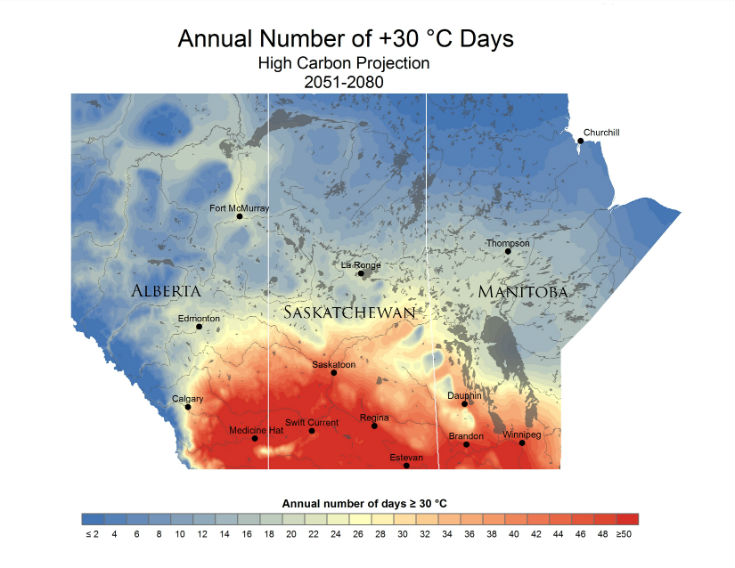A group of 15 young people will try again to have the courts force Ottawa to develop a climate recovery plan after it was denied by the Federal Court. However, as a result of a lawsuit brought by seven young environmental defenders, three of whom are indigenous, in Ontario, they now have a Canadian precedent to help them. "The Ontario Superior Court of Justice has ruled the climate crisis does threaten fundamental rights protected under the Charter of Rights and Freedoms, and that Canadian citizens can therefore challenge their governments’ climate failures on constitutional grounds." (for details of this legal victory see post #544 - https://theenergymix.com/2020/11/16/ontario-youth-climate-defenders-win-...)
Thirteen of the 15 plaintiffs suing the Canadian government over its role in climate change stand together on the steps of the Vancouver Art Gallery in this 2019 file photo. (Our Children's Trust)
The youths have filed an appeal of the court's October decision that their claims don't have a reasonable cause of action or prospect of success so the case cannot proceed to trial.
They had argued the federal government's inadequate action on climate change is violating their charter rights to life, liberty and security of the person.
They said their right to equality is also damaged because the young are disproportionately affected by climate change.
They pointed to specific policies such as the federal government's support of fossil fuel through subsidies and the purchase of the Trans Mountain Pipeline.
Justice Michael Manson said the courts should not be involved in what is a complex political matter.
Their lawyer Joe Arvay disagreed. Documents filed with the Federal Court of Appeal say Manson was wrong to rule the issue wasn't appropriate for the courts. The appeal goes on to say the judge erred in finding no reasonable cause of action and dismissing the claim without giving the plaintiffs a chance to amend it.
The youths are being supported by the David Suzuki Foundation, the U.S.-based non-profit group Our Children's Trust and the Pacific Centre for Environmental Law and Litigation in British Columbia.
https://www.cbc.ca/news/canada/british-columbia/bc-youth-climate-change-...


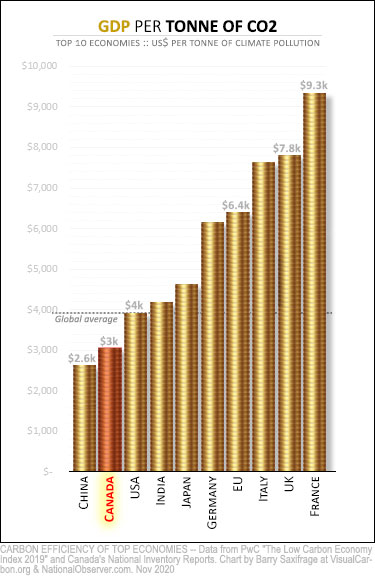 As you can see, Canada is second to last, and well below the global average. Our economy creates only $3,000 per tCO2 emitted. (Note: all monetary values are in U.S. dollars to allow comparison between countries.)
As you can see, Canada is second to last, and well below the global average. Our economy creates only $3,000 per tCO2 emitted. (Note: all monetary values are in U.S. dollars to allow comparison between countries.)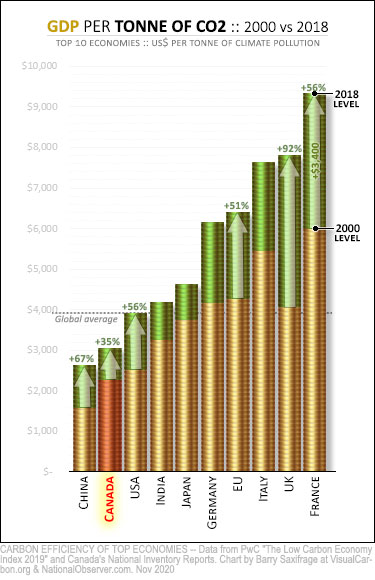









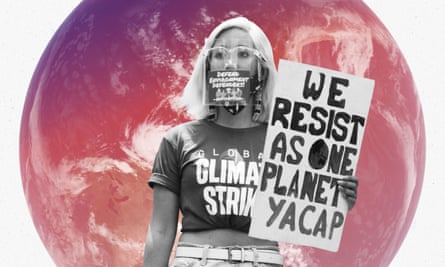





/cloudfront-us-east-1.images.arcpublishing.com/tgam/WP3ICFUJB5LV3CBOO6WFODHBHY.jpg)


/https://www.thespec.com/content/dam/thespec/opinion/editorial-cartoon/2016/04/23/april-23-editorial-cartoon/B822472593Z.1_20160422222925_000_G7L1LP57B.3_Gallery.jpg)


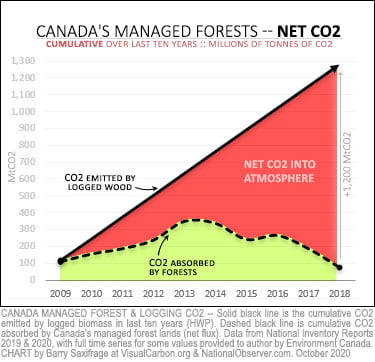

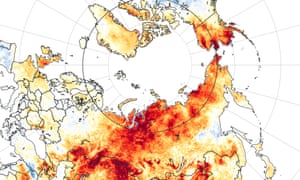
 Environment Minister Jonathan Wilkinson
Environment Minister Jonathan Wilkinson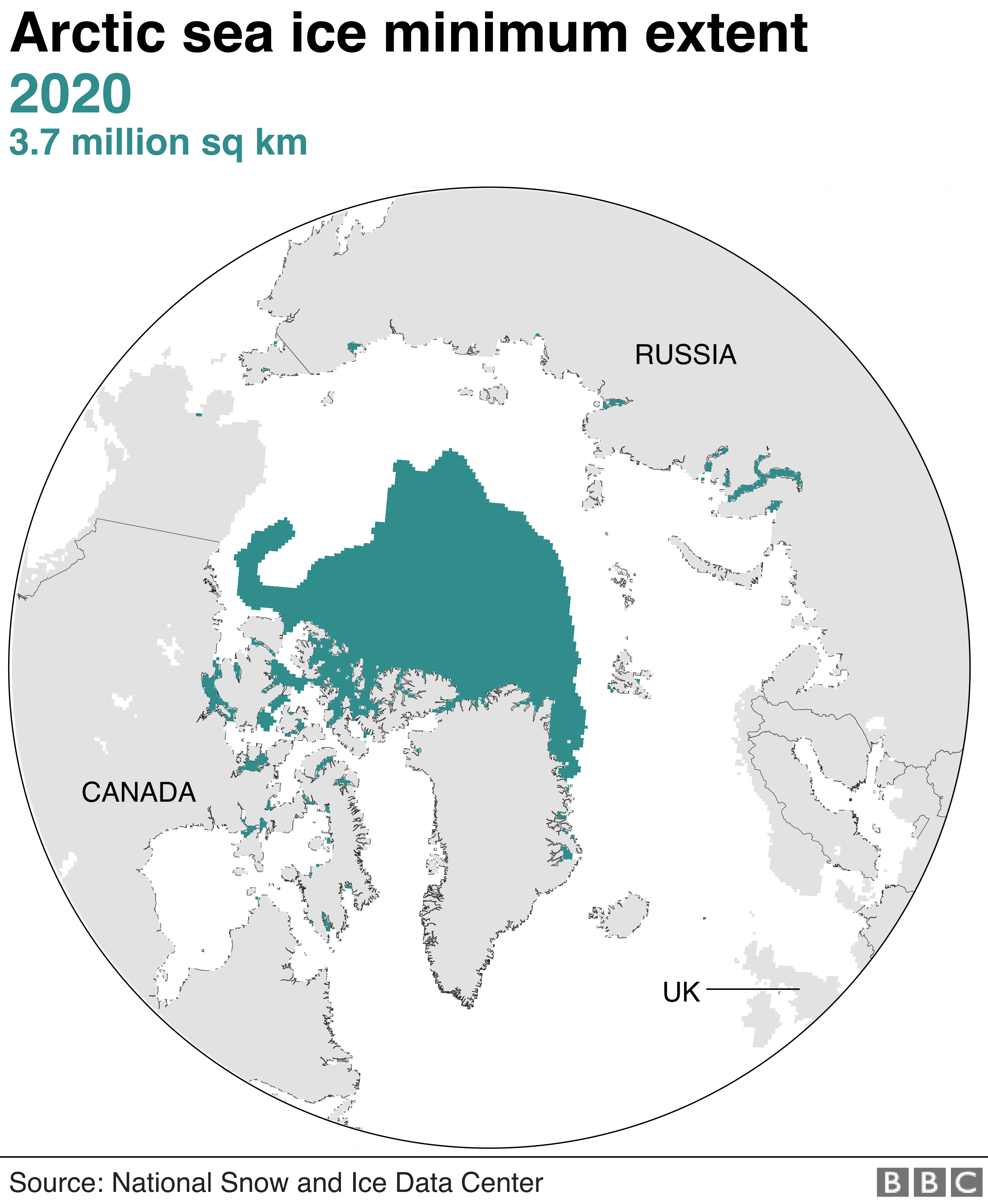
 IMAGE COPYRIGHTCOPERNICUS DATA/ESA/SENTINEL-2B The ice is being attacked from above and below
IMAGE COPYRIGHTCOPERNICUS DATA/ESA/SENTINEL-2B The ice is being attacked from above and below

/cloudfront-us-east-1.images.arcpublishing.com/tgam/INVD2IKRJNCC7JLEVRLFYV467A.JPG)




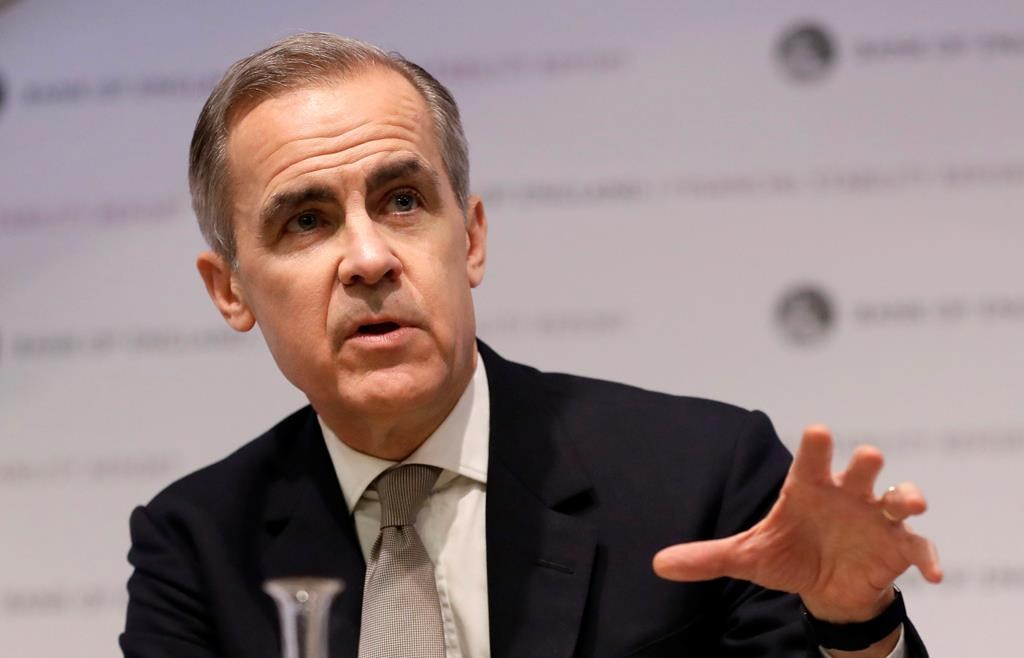 Former Bank of Canada and Bank of England head Mark Carney
Former Bank of Canada and Bank of England head Mark Carney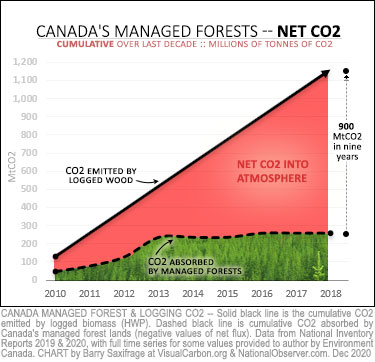

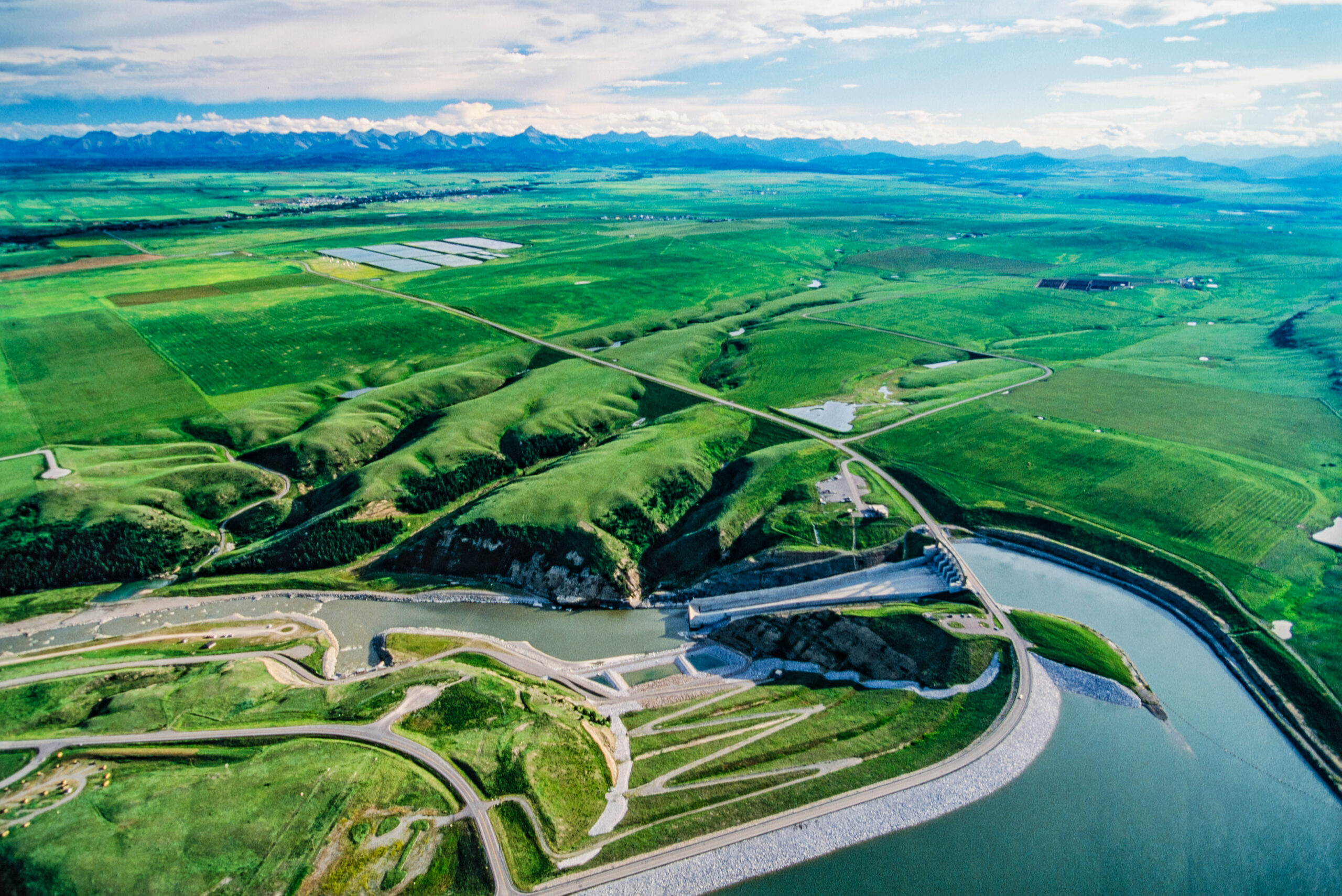

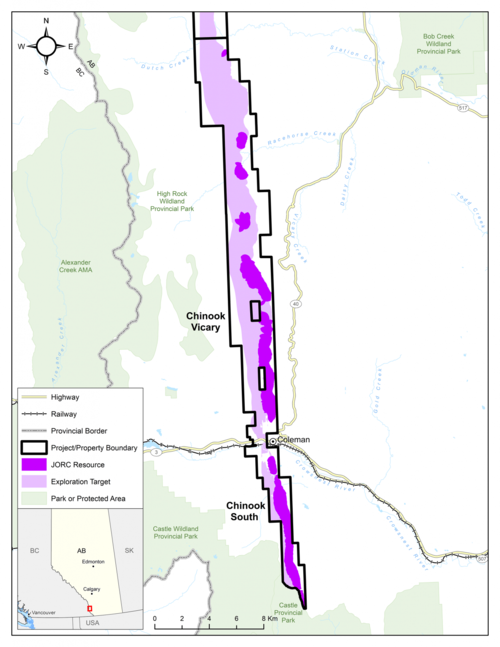

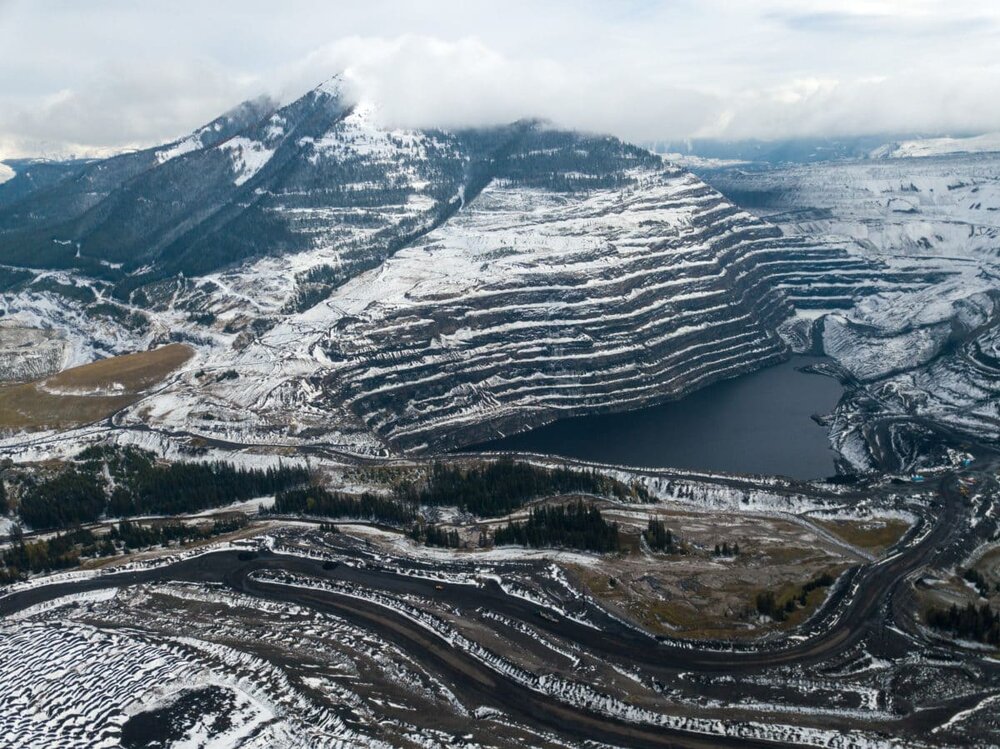

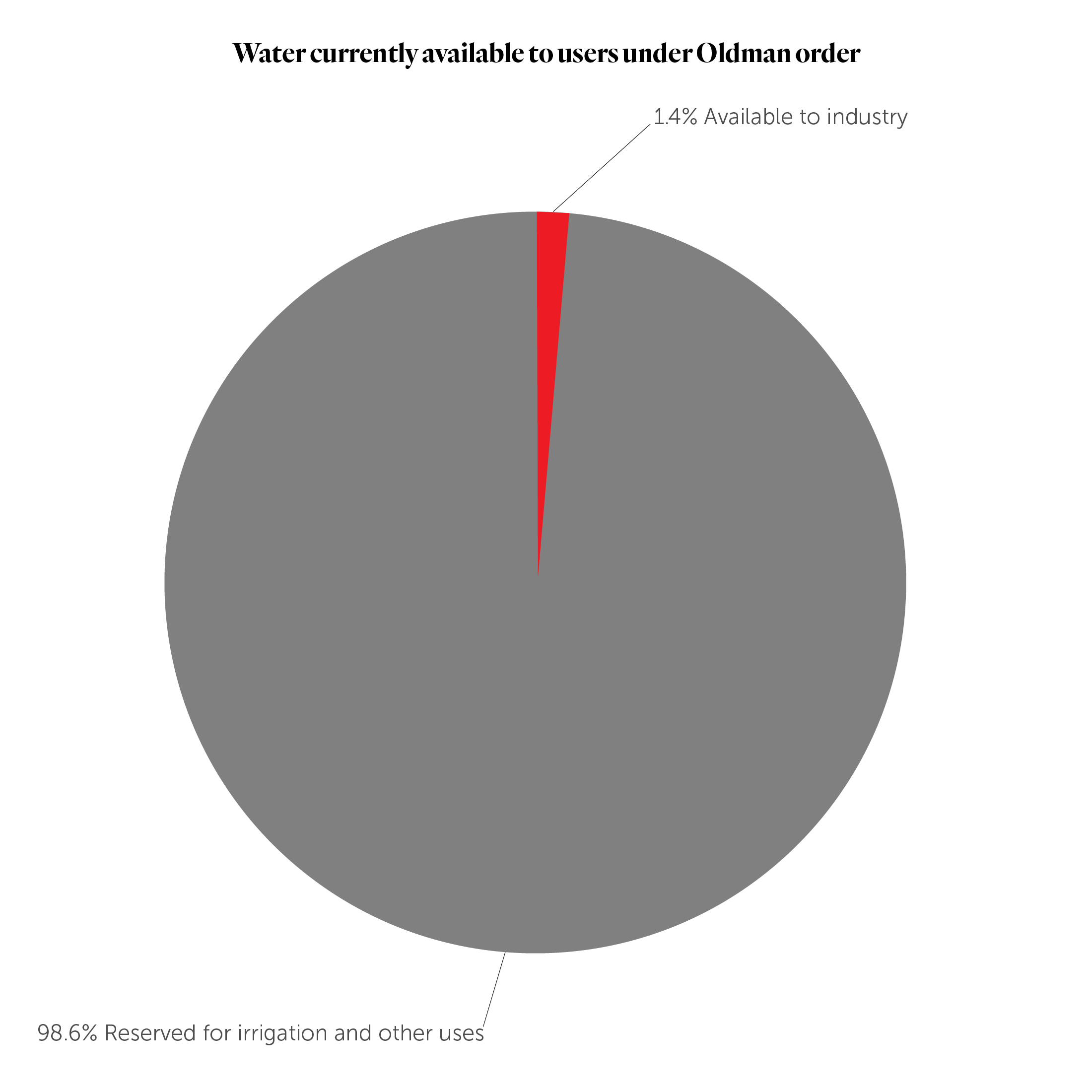
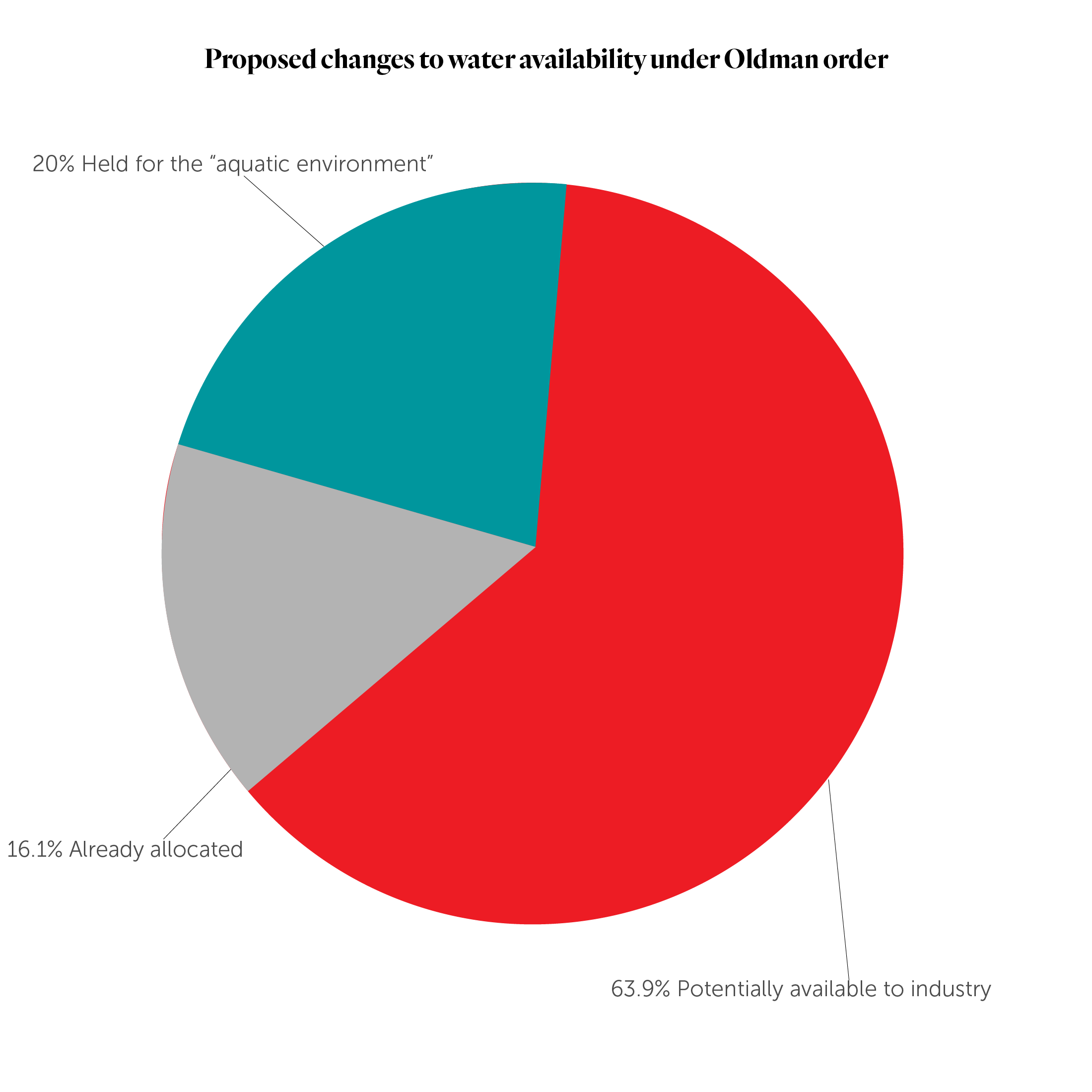
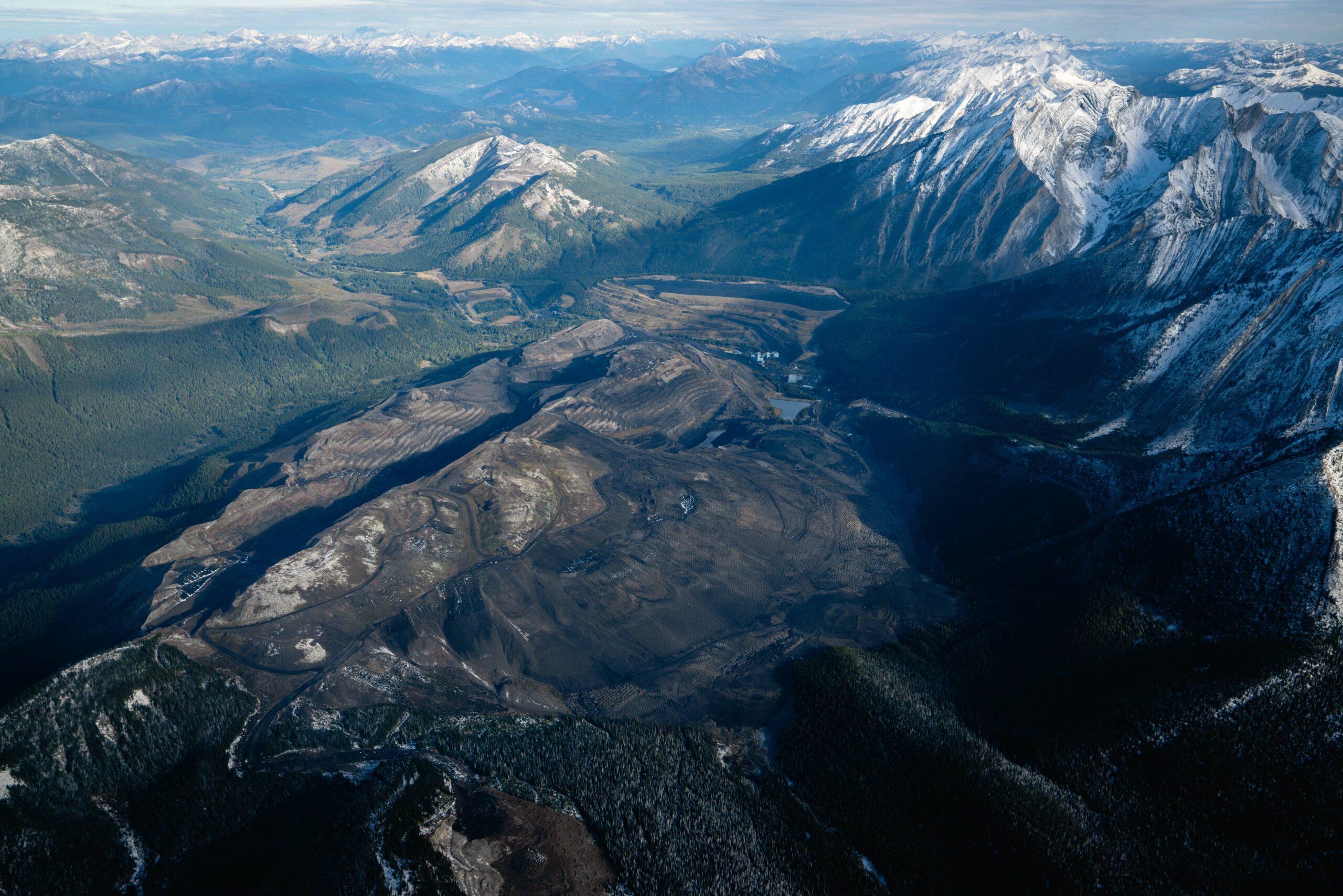

 Technicians work on a test bed in the General Fusion lab, Burnaby BC.
Technicians work on a test bed in the General Fusion lab, Burnaby BC. 